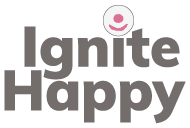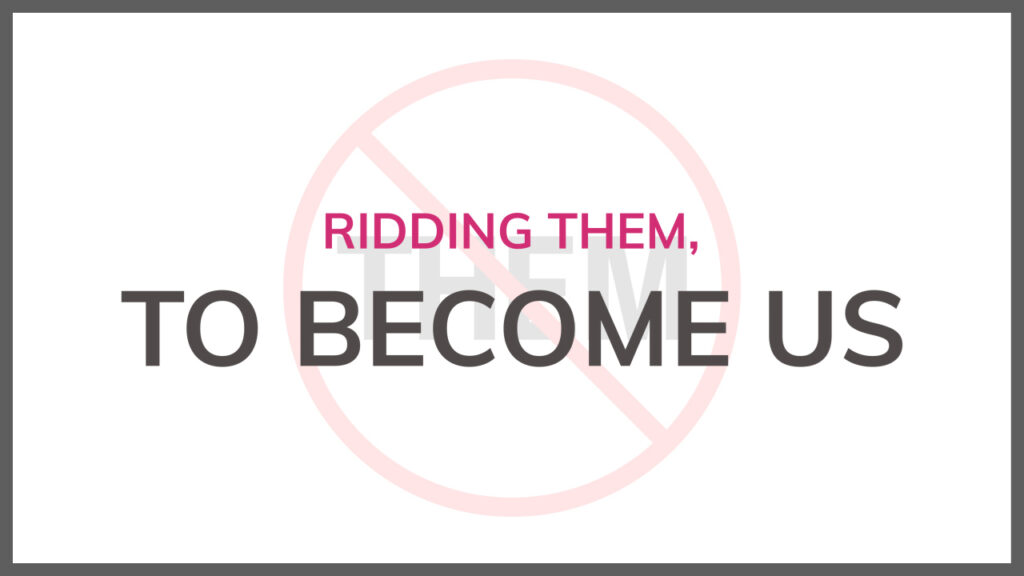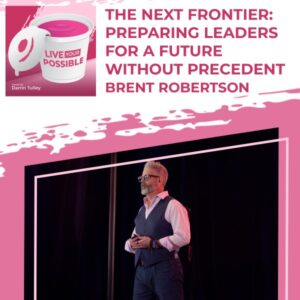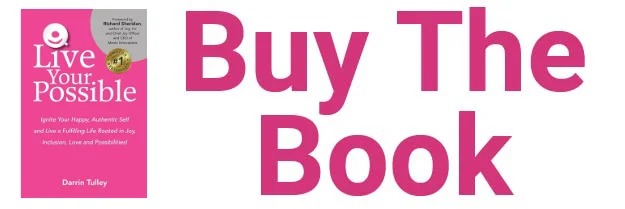“Become one and create joy at work”
According to hundreds of people that I have interviewed, joy at work means belonging as a trusted partner and helping others succeed at work. Do you invite others into your circle each day, regardless of what team “they” are on, where “they” are from, what “they” look like, “their” orientation, or what “they” represent? How about when the going gets tough or when the world goes into hiding during a pandemic? In times like these, too many of us worry about self-preservation in place of selflessness and find it easier to push others away. It is deeply rooted in human beings to protect themselves and their own. Trust, teamwork, engagement, collaboration, growth, and inclusion of differences are all lost in a blur of selfishness.
When we do the hard work, we open doors and no longer shut people or possibilities out of our lives. People begin trusting and making connections that once seemed out of reach. It is then, that helping each other attain unprecedented achievements become possible. Inclusion rids us of the need to classify a group as “them” and to use “just us” to unify as one.
One day in my career, I was thrown into a tough position where relationships were bruised and battered all around me. The service level scores and results were even worse. Trust was missing and conversations were often divisive. Blame was being tossed around quicker than the next breath. Nobody could see or find their part in the problem and it seemingly was always conveniently “them” or “their” fault.
As I attended meetings and interviewed players from all backgrounds across the business, I welcomed other’s perspectives without judgment and gathered the facts to discern what the root causes were to our problems. The most common term that I learned and heard on that journey was “them.” It was used to describe where the problems resided and were often stated in demeaning ways. Picture everyone on a team pointing to someone else as the issue and nobody taking ownership to fix it.
The process the teams executed was blurred and convoluted. The customer was counting on everyone to do their part along the value chain or delivery model to have a positive experience. The fault was often assigned where the customer experience scores were visibly the lowest or below expectations. After a few months of taking the brunt of the accusations and digging into the long list of problems, I noticed something incredible. When we began to look at the work and peel back the steps in the process, we found the drivers that caused the underperforming outcomes. Surprisingly, everyone had a part in the lackluster results and nobody knew it. Besides a lack of role clarity, there was a lack of accountability to get work completed accurately and fully before shipping it downstream to the next person in the process. This caused processes to be fraught with inaccuracies and flaws by the time we delivered an overdue service to our customers.
Early one morning, I was driving by a Walgreen’s distribution center in Connecticut. There was this sign out in front of the entryway for all the workers to see, each time they entered. It simply had the word “them” with a symbol crossing it out, like you would see with a no u-turn sign. It was a sign and I was open to connect to it. It was a light bulb moment as I thought to myself, “there is no them.” A huge smile came to my face and it became obvious to me that this was our core problem to solve before we do anything else. We needed to become one and own our destiny together. Embracing each other with empathy to learn how we impact one another in our respective roles. We needed to be open to finding a new way forward that would help us all thrive and succeed together as one.
Later that day, I asked other leaders to embrace this same slogan with me. “There is no them.” A commitment to work together in an intentional manner. I no longer accepted the use of the word “them” in meetings or discussions, and politely asked others to replace the word “them” with “us.” It was really awkward and annoying to many at first. I felt funny having to keep cutting people off. I decided to commit to this with a purpose to help people see their part and to embrace working stronger together in the long run.
To my delight, many started to see that we were not each owning our own part of the problem. Many noticed we were subconsciously passing the buck onto others before seeing what could be done differently to help the greater good. When we began to see, we believed and trusted enough to change. Several months later with a focus on “us,” we stabilized the business and tremendously improved the experience. By the end of the first year upon deploying this collaborative approach, we went from a lower-tier player to a respectable competitor poised for growth in this space.
“There is no them, just us” – Michael Welp
I learned that we need to check ourselves each day and explore our part in everything we do. We were stuck and continuing to pile on rather than help each other get up to address the real problems at hand. If you have a team or work in an area that is struggling with results or are often quick to blame one another, stop and dig into the issues as a team of “us.” Another sign is when teams say “our team is doing a good job, yet it is everyone else or that team not doing their part.” Ask the teams to refrain from using the word “them” and figure out the best path forward together.
When embracing this mindset, we begin accepting the opportunity for improvement and change. We are able to invite others into productive and safe conversations. We ignite inclusive collaboration when treating each other with genuine care and respect, regardless of what team you are on or where you come from. Growth and possibilities become plentiful. Being better together as one allows each of us to live with joy and see a life of what is possible. Live your possible.





